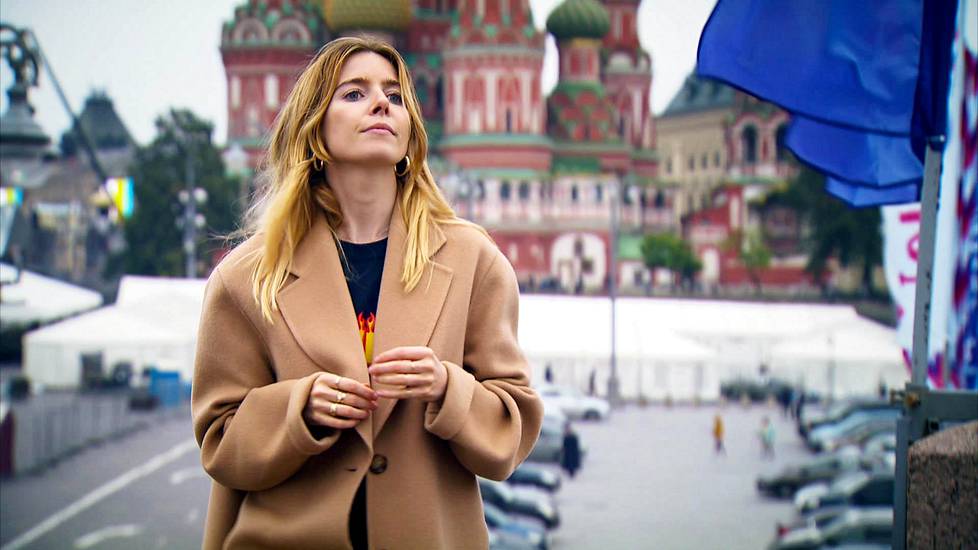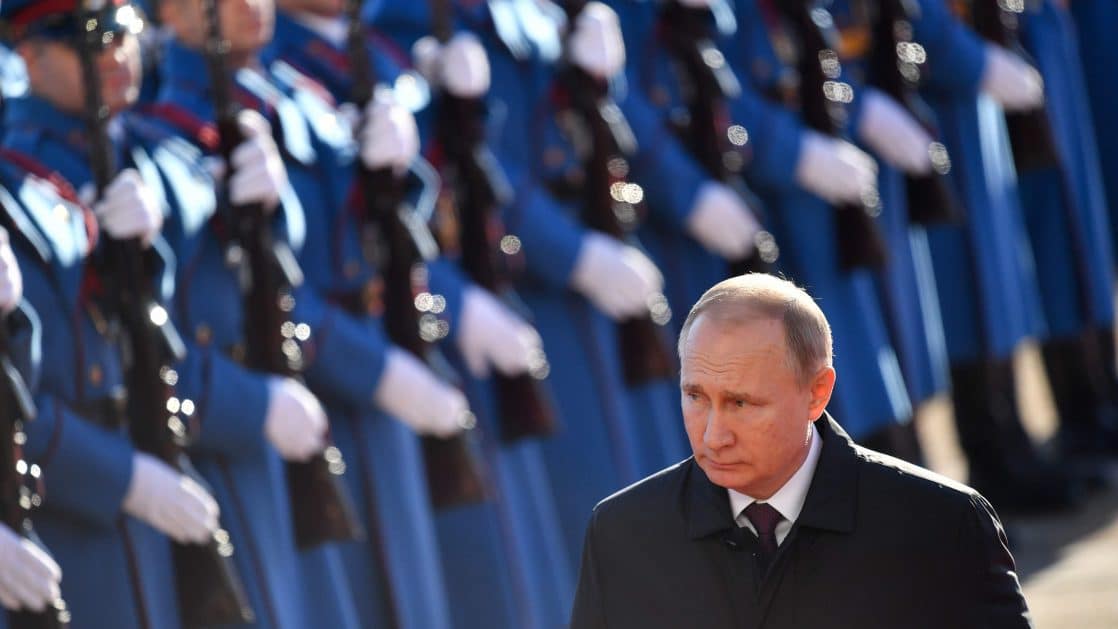Cossackia: No Longer an Impossible Dream?
The idea that the Cossacks could create their own country dates back to an idea pushed by Cossack emigres after 1917. This goal was realized briefly during the Russian Civil War and then in northern Italy at the end of World War II (
Russia Seven, October 24, 2018;
Windowoneurasia2.blogspot.com, October 27, 2018). Moreover, it was recognized by the United States in the 1959 Congressional resolution that established “Captive Nations Week.” However, Cossackia has long been one of the favorite ideological targets of Moscow propagandists as an example of something dreamed up by the West that could never be realized. And somewhat counterintuitively, this view has been shared by the overwhelming majority of Western specialists on the Soviet Union in the past and the Russian Federation now.
In recent months, the Cossacks who view themselves not as servants of the state but as a separate and distinct people have become more active, including by holding celebrations marking the centenary of the Cossack national flag (
Gg12.ru,
Kuban.kp.ru, February 19;
Ugra-News.ru, February 21). This activity, in turn, has sparked a wave of anti-Cossack propaganda and activities, much of it likely with the support of nervous regional and central officials (
Voccentr.info, February 17;
Zona Media, February 21).
Three main arguments have commonly been employed against even the possibility, let alone the likelihood, of a Cossack state. First, many say, the Cossacks are not a nation but a serving class or “stratum” created by and thus loyal to the powerful Russian state. Second, the Cossacks are too diverse and dispersed—they are typically minorities within the populations where they live—to form a nation that could aspire to statehood. And third, such commentators argue, the Cossacks do not have effective leaders who believe in independence or have the kind of communications channels needed to mobilize those viewed as the potential creators and citizens of such a state.
Yet, none of these contentions have ever been sufficiently convincing for determined independence-minded Cossacks; and all of those given reasons are far weaker now than they have been in the past. Consequently, the idea of Cossackia should not be dismissed out of hand, even if no one, including the most passionate Cossack nationalists, would claim that it will be achieved anytime soon or even until Russia enters a new time of troubles, which might allow for the redrawing of the political map of northern Eurasia—just as the events of 1917 and 1991 did.
First of all, while it is true that some Cossack forces were created by the government or integrated into state service under the tsars and later Vladimir Putin, Cossack relations with the Russian state have never been simple. Many of the Cossack hosts that arose before the Communist Revolution took shape as a result of people fleeing official Russian power. Later, the Soviet state conducted an eradication campaign against them. And the Putin regime, by his effort to rope the Cossacks into state service, has divided the Cossack community into those who are prepared to take his money and orders versus those who are not. In fact, in response to Putin’s programs of using Cossacks as paramilitary and para-police units, most of the three to five million identified Cossacks in the Russian Federation, are reasserting their right to the status of a subgroup within the ethnic Russian nation, which Moscow would be willing to accept. However, many Cossacks are even going so far as to claim the status of a separate and distinct nation—something the federal center actively opposes (
Versia, March 19, 2018;
Windowoneurasia2.blogspot.com, March 20, 2018;
Sntat.ru, February 12, 2019;
Voccentr.info, February 17, 2019).
Second, it is true that Cossacks are diverse and, typically, minorities within the places where they live. Some are Orthodox Christians, others are Muslims, some are Buddhists and a few are even pagans. The successors of the 13 hosts of late imperial Russia spread from the Ukrainian border to the Pacific coast, although they have been joined by neo-Cossacks in almost every federal subject of Russia. And while they are typically a small minority, in some cases, as in the Kuban, they represent a significant one (
Kubantv.ru, February 20). As such, those who point to these “problems” of dispersal and minority status fail to remember that Cossacks have traditionally identified Cossackia as embracing mainly the lands of the Don, Kuban and Terek Cossacks in southern Russia—not all the territories where Cossacks live. Moreover, Cossacks have often talked about Cossackia being a federation or a confederation open to others who may not be adjacent. Furthermore, some Cossacks have even talked about a kind of extraterritorial cultural autonomy of dispersed and minority groups as a step toward the formation of a more traditional state. Indeed, such possibilities animated the most recent attempt to set up Cossackia in 1990–1991 (
Live Journal, March 29, 2011).
And third, while it remains true that Moscow has moved quickly to arrest or suppress Cossack activists inside the borders of Russia who push too far in directions the Kremlin does not like, the rise of the Internet and the coverage Russian journals are now devoting to Cossack thinkers abroad mean that such government suppression does not represent the limiting factor it once did. Cossack leaders abroad, like Vyasheslav Dyomin, are able to reach Cossacks inside Russia in ways their predecessors could only dream of; and Russian portals like
Russia Seven as well as mainstream literary journals are now publishing and commenting upon Cossack discussions taking place around the world (
Amur Info, February 21).
Dyomin, for example, has even insisted, in a recent Facebook post, that “Cossackia as a federation or confederation of a number of Cossack republics is a completely real possibility” (
Facebook.com/groups/former.russia, February 5). And in perhaps the clearest indication that some in Moscow are worried about this, ten days ago (February 11), Putin sacked the head of his presidential council on the Cossacks and replaced him with a senior Federal Security Service (FSB) officer who can be expected to try to contain the rise of Cossack nationalist sentiments (
PolitSovet.ru, February 11 ). That alone suggests the creation of Cossackia sometime in the future is not the impossible dream many still assume.



